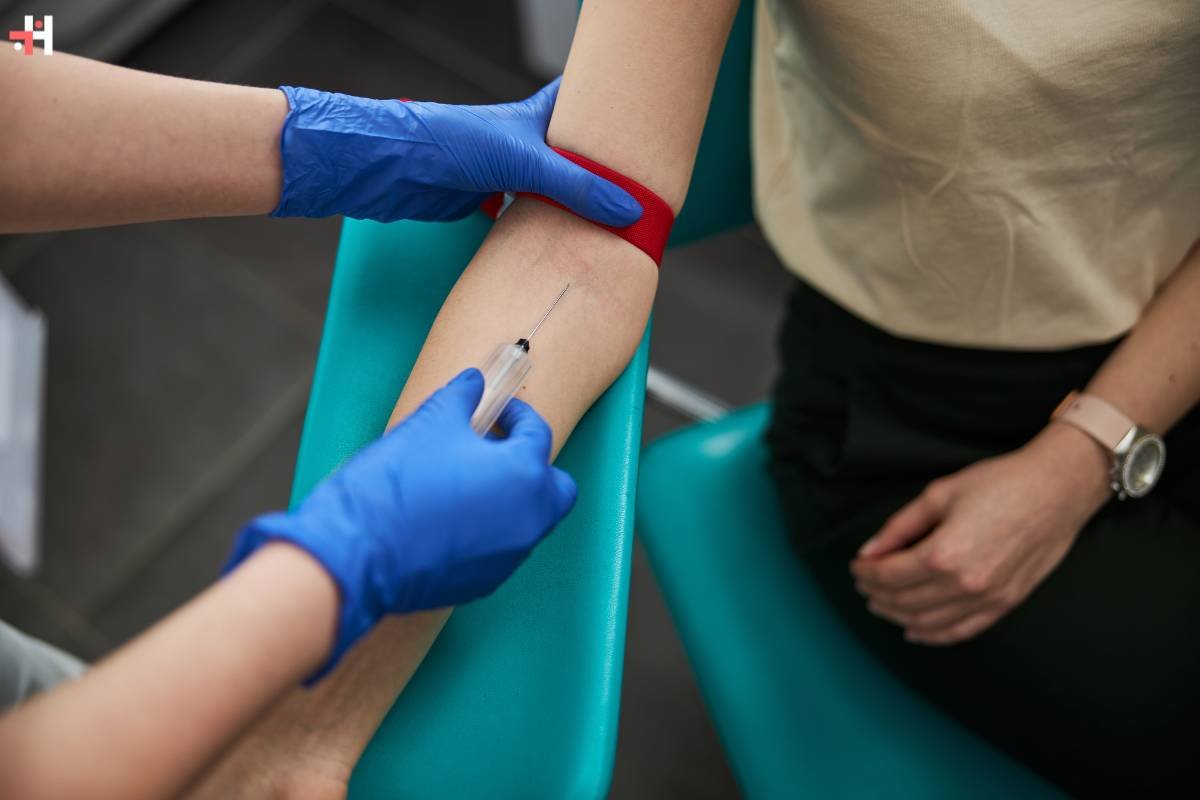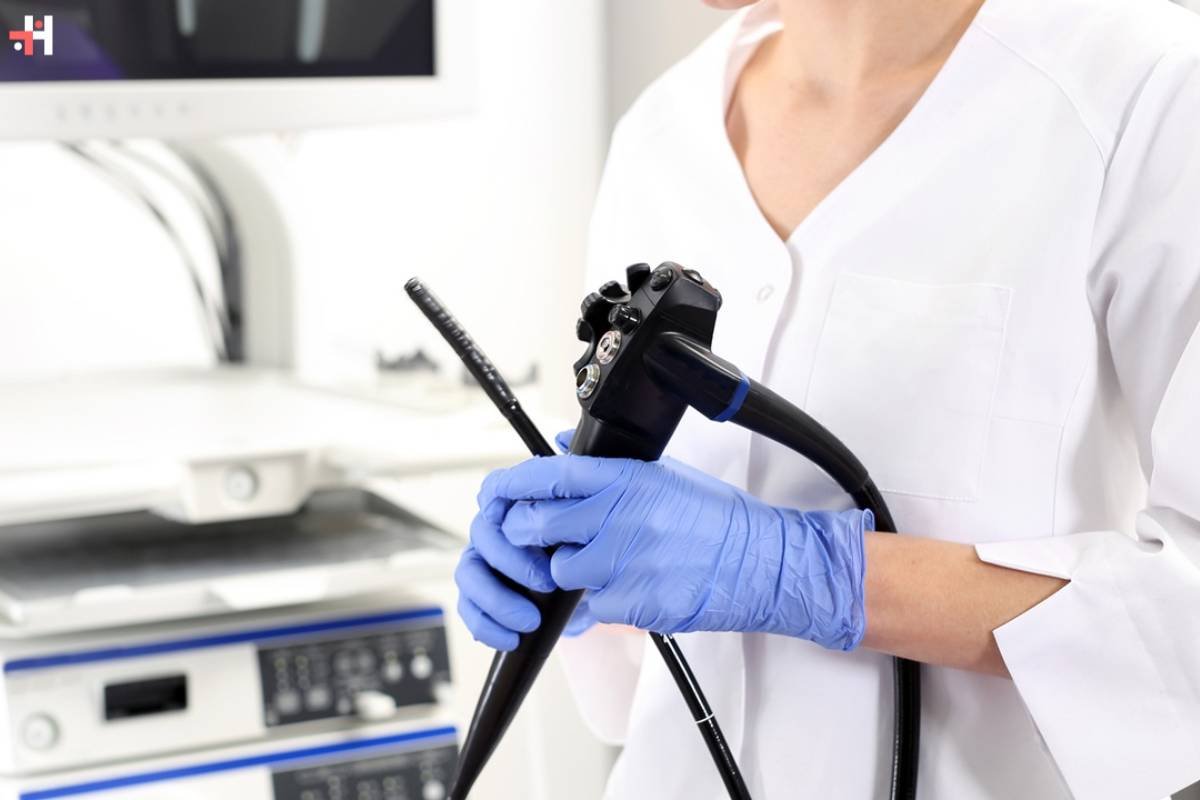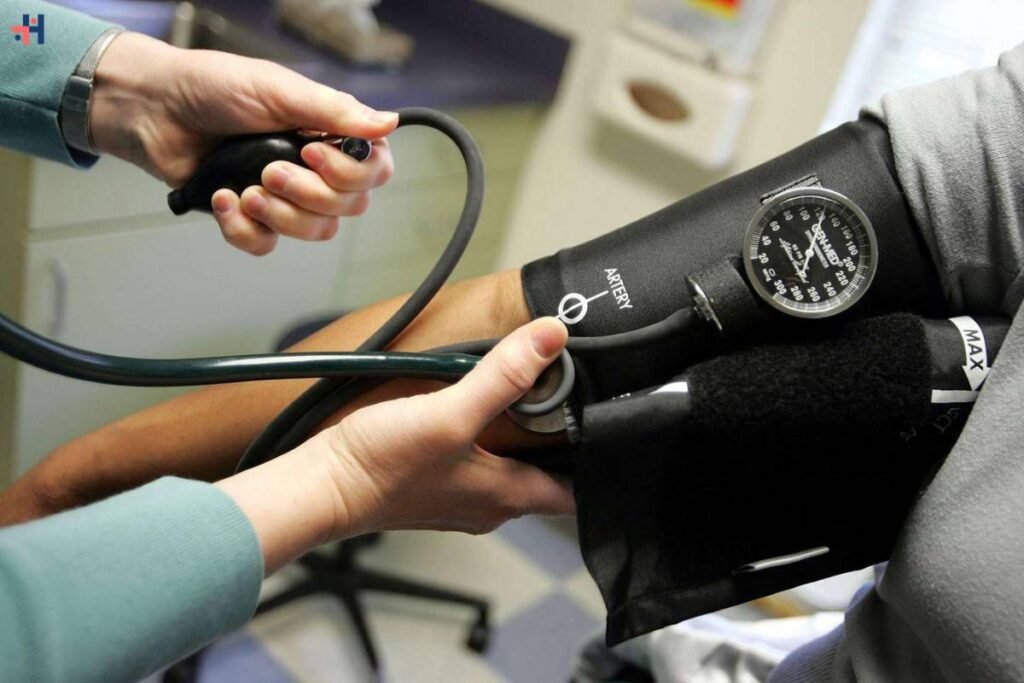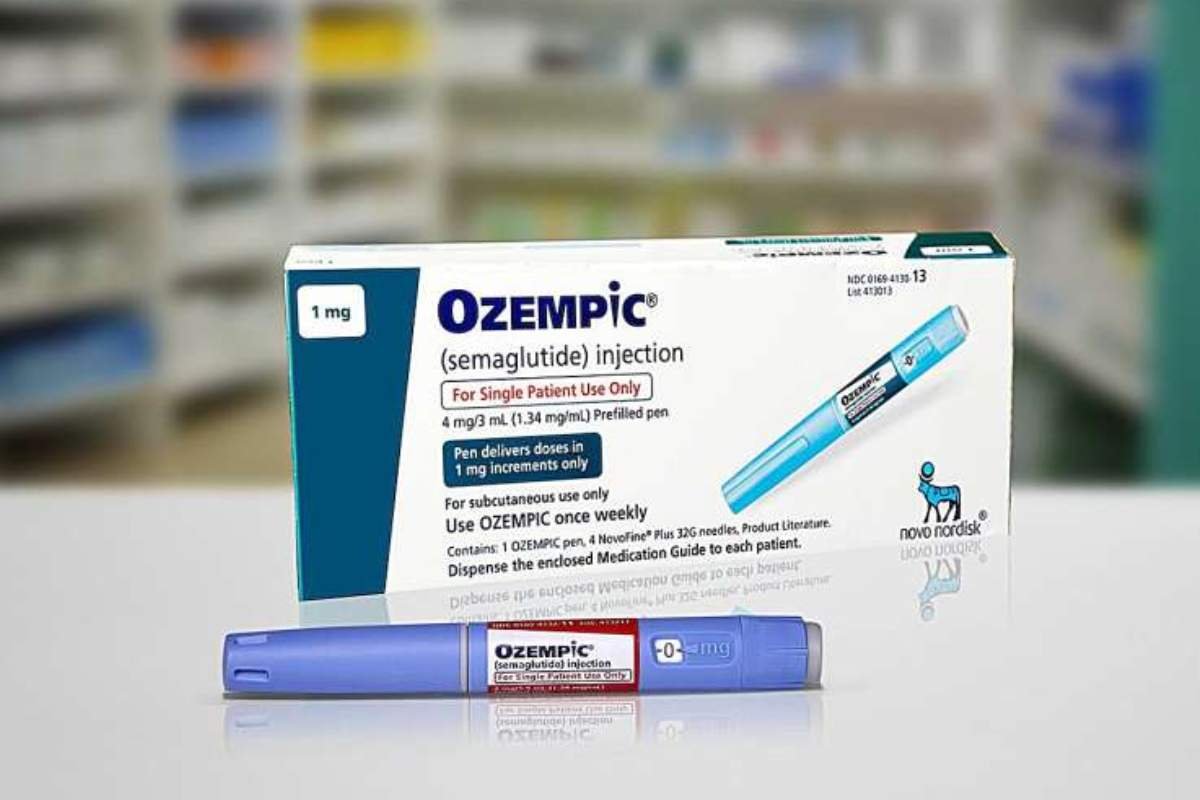Source – Verywell Health
Technological advancements play a pivotal role in improving patient outcomes, streamlining processes, and enhancing overall efficiency. One area where innovation has made significant strides is in medical diagnostic tools. These tools not only assist healthcare professionals in accurate and timely diagnosis but also empower patients to participate in their healthcare journey actively. In this blog, we will explore the transformative impact of modern medical diagnostic tools, their types, and the role they play in shaping the future of healthcare.
Types of Medical Diagnostic Tools:
1. Imaging Technologies:
- X-rays: Traditional yet fundamental, X-rays are widely used to visualize the internal structures of the body. They are particularly effective for identifying bone fractures, lung infections, and dental issues.
- Computed Tomography (CT): This technology combines X-rays with computer processing to create detailed cross-sectional images of the body. CT scans are invaluable for diagnosing conditions such as tumors, internal bleeding, and neurological disorders.
- Magnetic Resonance Imaging (MRI): Using powerful magnets and radio waves, MRIs provide detailed images of soft tissues, organs, and the nervous system. They are essential for diagnosing conditions affecting the brain, joints, and internal organs.
2. Laboratory Tests:

- Blood Tests: These tests analyze blood samples for various markers, including cholesterol levels, blood glucose, and specific proteins. Blood tests aid in the diagnosis of conditions such as diabetes, anemia, and infections.
- Urine Tests: Urinalysis helps detect kidney disorders, diabetes, and urinary tract infections by examining the chemical composition of urine.
- Genetic Testing: Advances in genetic technology allow for the identification of genetic mutations associated with inherited disorders and susceptibility to certain diseases. Genetic testing is crucial in personalized medicine and preventive healthcare.
3. Diagnostic Imaging:
- Ultrasound: Using sound waves, ultrasound imaging creates real-time images of internal structures. This non-invasive tool is commonly used in obstetrics to monitor fetal development and to detect conditions affecting organs like the liver and kidneys.
- Nuclear Medicine: In this technique, small amounts of radioactive materials are administered to patients, and a specialized camera captures the radiation emitted. Nuclear medicine is instrumental in diagnosing conditions related to the thyroid, bones, and cardiovascular system.
4. Endoscopy:
- Gastrointestinal Endoscopy: This involves the insertion of a flexible tube with a camera through the mouth or rectum to visualize the digestive tract. Endoscopy is crucial for detecting conditions like ulcers, polyps, and cancers.
- Bronchoscopy: This procedure examines the airways and lungs using a thin tube inserted through the nose or mouth. It aids in diagnosing respiratory conditions and infections.
The Impact of Medical Diagnostic Tools on Healthcare:

1. Early Detection and Prevention
Modern diagnostic tools enable the early detection of diseases, allowing for timely intervention and improved treatment outcomes. For instance, mammograms aid in the early detection of breast cancer, while colonoscopies can identify and remove precancerous polyps in the colon.
Regular screenings, facilitated by Medical diagnostic tools, contribute to preventive healthcare by identifying risk factors and enabling proactive measures to reduce the incidence of diseases.
2. Precision Medicine
Advances in genetic testing and molecular diagnostics have paved the way for precision medicine. By analyzing an individual’s genetic makeup, healthcare professionals can tailor treatment plans to the specific characteristics of the patient, enhancing the effectiveness of therapies and minimizing side effects.
Targeted therapies, guided by diagnostic tools, have transformed the approach to cancer treatment, leading to more personalized and less invasive interventions.
3. Enhanced Patient Engagement
Patients are increasingly becoming active participants in their healthcare journey, and medical diagnostic tools empower them with information about their health. Access to test results and diagnostic imaging allows patients to understand their conditions better and engage in informed discussions with healthcare providers.
Mobile apps and online platforms further facilitate communication between patients and healthcare professionals, fostering a collaborative approach to managing health.
4. Streamlined Workflows for Healthcare Professionals
The integration of digital technologies and electronic health records (EHRs) has streamlined diagnostic processes for healthcare professionals. Digital imaging and diagnostic reports are easily accessible, allowing quicker decision-making and interdisciplinary collaboration.
Automation of routine tasks, such as result analysis and report generation, reduces the burden on healthcare professionals, enabling them to focus on more complex aspects of patient care.
Challenges and Future Trends:
1. Data Security and Privacy
As diagnostic tools become more interconnected, ensuring the security and privacy of patient data is paramount. Healthcare organizations must invest in robust cybersecurity measures to safeguard sensitive information and maintain patient trust.
2. Cost and Accessibility

Adopting advanced diagnostic tools comes with associated costs, posing challenges to healthcare systems globally. Striking a balance between providing access to cutting-edge diagnostics and managing healthcare expenditures remains a critical consideration.
Efforts to enhance the accessibility of diagnostic tools in underserved regions are crucial for addressing healthcare disparities and improving global health outcomes.
3. Integration of Artificial Intelligence (AI)
The integration of artificial intelligence (AI) in diagnostic tools holds immense potential for improving accuracy and efficiency. AI algorithms can analyze vast datasets, identify patterns, and assist healthcare professionals in diagnosing complex conditions.
However, ethical considerations and the need for robust validation processes must accompany the integration of AI to ensure patient safety and trust in these technologies.
Conclusion:
Medical diagnostic tools are at the forefront of a healthcare revolution, shaping a future where precision, efficiency, and patient engagement are paramount. From traditional imaging technologies to cutting-edge genetic testing, these tools empower healthcare professionals to make informed decisions and enable patients to take an active role in their well-being. As we navigate the challenges and embrace the opportunities presented by these advancements, the collective goal is clear – to enhance the quality of healthcare, improve patient outcomes, and build a healthier future for all.
Also Read: Embracing Calm: Exploring the Impact of Apps for Anxiety










